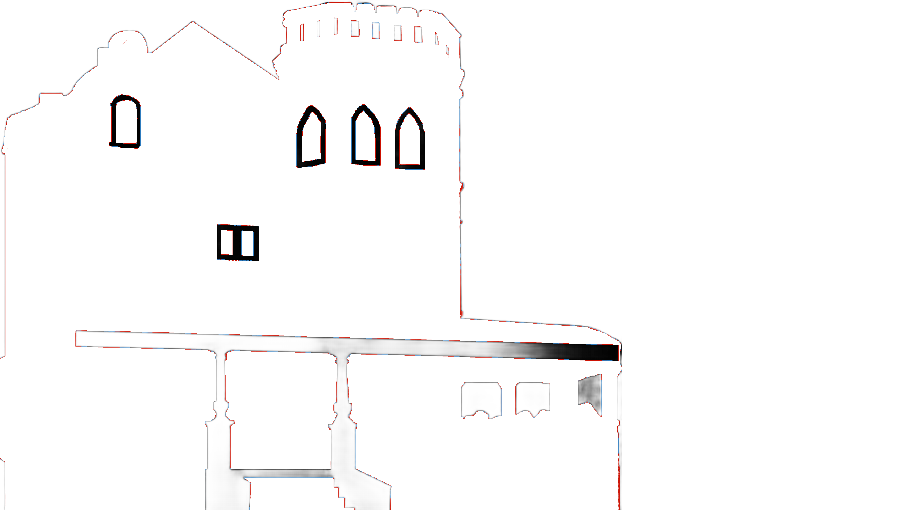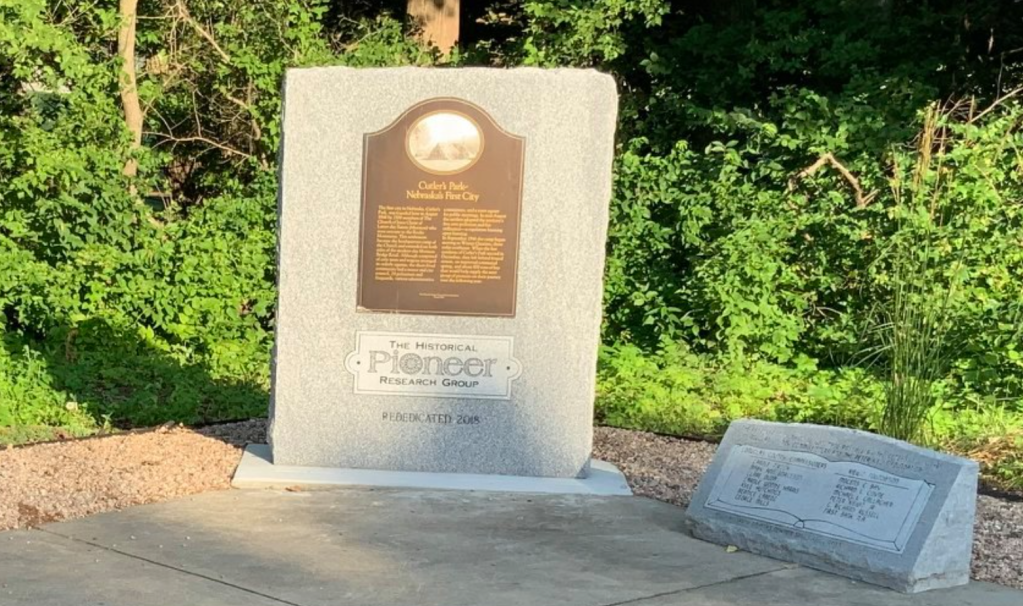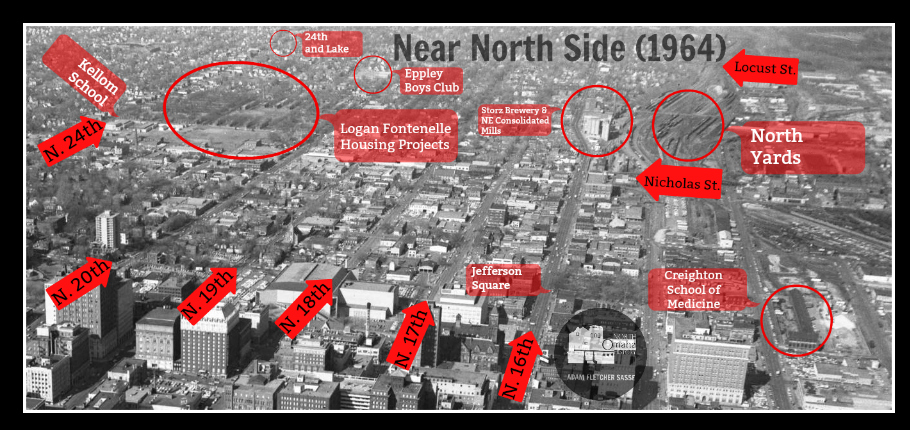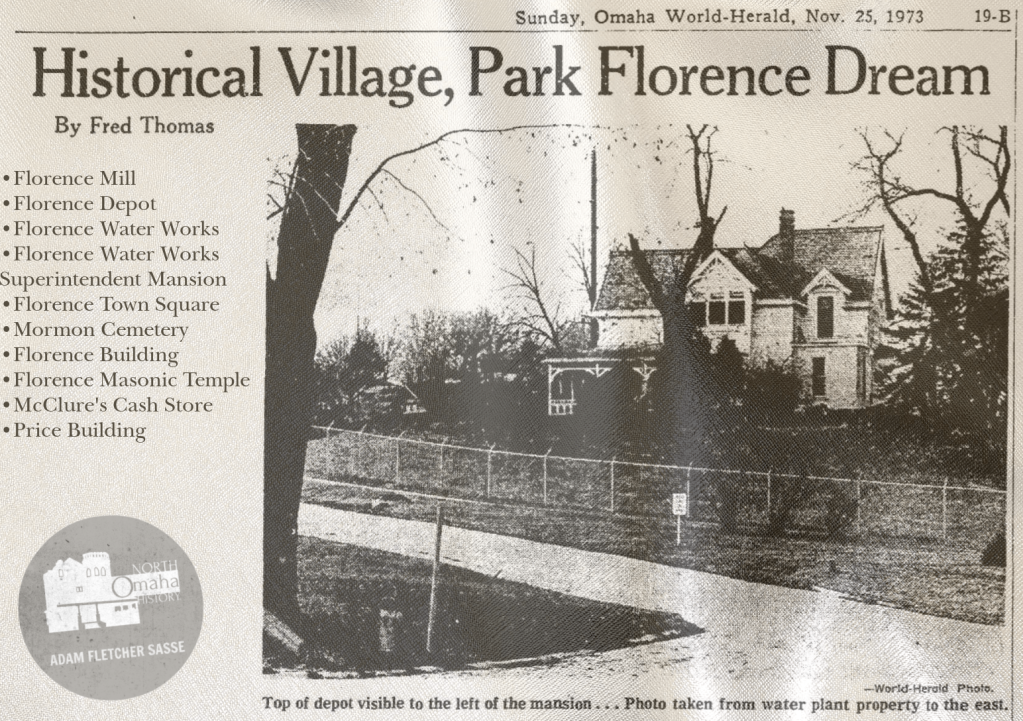- Built: 1870s
- Address: 2225 Sherman Avenue
- Architecture: Victorian Gothic Style
- Demolished: 1911
John Jay Brown, called J. J., moved to Omaha from New York in 1856, when the city was still brand new. Opening his own store, he was one of the opportunists who built a wholesaling company to outfit settlers leaving Omaha. Like many of the capitalists in Omaha, his business boomed in the 1870s and he became wealthy. In 1884, he sold his wholesale company and founded the Omaha Loan and Trust Company.

Brown invested in many early Omaha industries, including the city’s Gas Light Company, the Omaha Street Railway Company, the South Omaha National Bank and the Omaha National Bank. He was also the treasurer of the Omaha Driving Park Association, and heavily involved in the Omaha Driving Park. In the 1880s, Brown formed the Omaha Fair and Exposition Association with John Creighton, intent on hosting the Nebraska State Fair on the site and to start planning a major expo for Omaha.

Contracting with Vincent Battin of Council Bluffs, Brown had a two story Italianate style brick home built. It featured a large porch and 11 foot high ceilings in almost all of the 16 rooms. There was a large drawing room,
The home had beautiful grounds, covered with trees, flower gardens, and full bushes, all with a view of the Missouri River valley. The lot it sat on was narrow and wide, and sat between Sherman Avenue and the cliffs overlooking the bottoms.
J. J. Brown died in 1901. In 1903, the home became the second location for the Wise Memorial Hospital, which moved to its own dedicated building in 1908. In 1910, Brown’s mansion was destroyed, and in 1911 a permit was issued to build a new house on this location.
You Might Like…
MY ARTICLES ABOUT THE HISTORY OF NORTH 16TH STREET
Places: 16th and Locust Historic District | Charles Street Bicycle Park | State Bar and McKenna Hall | Storz Brewery | Warden Hotel | Grand Theater | Nite Hawkes Cafe | Tidy House Products Company | 2621 N. 16th St. | New Market | 3702 N. 16th St. | Sebastopol Amphitheater
Historic Homes: J.J. Brown Mansion | Poppleton Mansion | Governor Alvin Saunders Estate | Ernie Chambers Court aka Strehlow Terrace | The Sherman Apartments | The Climmie Apartments
Neighborhoods: Near North Side | Lake Street | Kountze Place | Saratoga | Sulphur Springs | Sherman
Events: 1898 Trans-Mississippi and International Exposition | 1899 Greater America Exposition | 1960s North Omaha Riots | “Siege of Sebastopol”






Leave a comment